Futuristic eco-hut opens doors above Zermatt
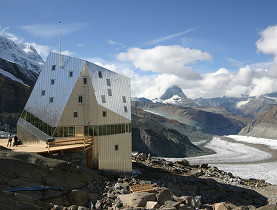
Perched high above the Gorner glacier in the shadow of the Matterhorn, the metallic, crystal-shaped building shimmers in the autumn sunlight.
But what looks like a futuristic alpine space station is actually the new hi-tech environmentally friendly Monte Rosa mountain refuge, designed to obtain 90 per cent of its power needs from the sun.
Launched in 2003 as a project of the Swiss Alpine Club (SAC) to mark the 150th anniversary of Zurich’s Federal Institute of Technology (ETH), the hut was officially inaugurated on September 25.
It was designed to replace the nearby Monte Rosa mountain hut, built in 1895, which was in need of refurbishment.
But unlike the SAC’s traditional stone chalet shelters, the new five-story hut is state of the art. Built on stainless-steel foundations, its polygon exterior is covered with a silver aluminium shell and the spiral interior is completely made out of wood.
ETH and SAC describe it as “the most complex wooden construction in Switzerland”.
“It’s a very nice baby,” Andrea Deplazes, the chief architect from Zurich’s Federal Institute of Technology, proudly told swissinfo.ch as we sat on a rock above the new building.
“It turned out much better than I expected. But I’m glad we didn’t know how hard it was going to be at the start of the project.”
According to Deplazes, the design concept is a fusion of different elements: a compact building with a clever energy ratio that fits well into this huge, rocky landscape, but is “not camouflaged” – an “orange with parts sliced away”.
Solar system
“The main idea was to use the resources here in the area – the sun and the water,” explained Matthias Sulzer, chief executive officer of Lauber IWISA, which helped carry out research and development.
The refuge, which can house up to 120 hikers and climbers, produces 90 per cent of its electricity from the sun (16 kilowatts) thanks to an ultra-modern photovoltaic system integrated into the southern façade.
“It’s the same system that [Swiss adventurer] Bertrand Piccard uses on his Solar Impulse plane,” said Sulzer.
The remaining ten per cent is provided by a rapeseed oil system to meet peak demand.
Electricity is used for sewage treatment equipment, ventilation, lighting and household appliances. Excess energy is stored in valve-regulated lead-acid accumulators, which guarantee power even when it is overcast.
Re-using melt water
Bands of windows allow the sun to heat air inside the spiral building. Thermal energy produced by visitors is also redistributed.
In summer water from melting glaciers will be collected and stored in a large reservoir 40 metres above the hut.
“The challenge was to store water for over a year without it freezing in winter; it’s behind the permafrost barrier in the rocks,” said Sulzer.
A bacteria-based microfiltration system will clean waste water and this will then be reused to flush the toilets, and for cooking and washing purposes.
And for SFr5 tired, dirty alpinists can use one of the brand-new solar showers with piping-hot water.
Dynamic energy management
To achieve the highest possible degree of energy efficiency, the designers have installed a computerized energy management system, which will be overseen by a scientist based at the federal institute in Zurich.
Information on weather forecasts, expected visitor numbers and energy levels will be fed into the computer and compared with mathematical models to optimize interactions between the energy systems.
“Tomorrow might be a nice day and we have 120 people in the hut. So, do we have enough energy? The next day might be bad weather and the place is empty; what do we do?” said Deplazes.
Depending on the needs, the solar, waste and ventilation systems can then be turned on and off automatically.
Overflowing energy
“What makes the Monte Rosa unique is the way in which the different energy systems have been combined and are controlled optimally and react dynamically,” said the architect.
“The building gains its energy from an overflow of energy. What we need we use, what we don’t need we store.”
Total carbon emissions from the hut are expected to be just one-third those of the existing shelter, located 80 metres lower down towards the glacier.
Over the next few years the hut will become a research station for ETH students, who can investigate the efficient use of energy and resources from afar.
The ultimate aim is to transfer knowledge and green technologies.
“The Monte Rosa is like a biosphere project,” said Desplazes. “Some aspects are very specific to this place, but others – how to deal without electricity, water or piping – can be transposed to towns and cities.”
Sulzer agreed:”There won’t be another hut like this in the Alps, but we hope to use lots of the knowledge from the building down in the valleys.”
Crazy construction
Actually piecing together the new shelter at altitude was also a major challenge for the team.
In 1895 mules were used to carry the materials across the Gorner glacier, the last leg of the journey. This option was also examined for the new hut, but rejected due to time and cost factors.
This time trains transported prefabricated elements to Zermatt and 3,000 helicopter trips were needed to take 35 workers and materials up to the glacier.
After laying the foundations, the wooden structure was assembled on site like a 3-D puzzle between August 2008 and August 2009, explained chief construction manager, Hans Zurniwen.
“It’s one of the craziest things I’ve ever done,” he said proudly. “It’s a kind of prototype.”
The hut was built at a cost of SFr6.5 million ($6.3 million), with the SAC providing SFr2.15 million and the remainder coming from the ETH, benefactors and sponsors.
Simon Bradley in Zermatt, swissinfo.ch
Project started in 2003
Altitude: 2,883 metres
Wooden five-story star-shaped building
19 bedrooms for 120 guests
Opens to the public: March 2010
Cost of bed for night: SFr30
Founded in 1863, the Swiss Alpine Club (SAC) has helped develop the Alpine region and climbing.
Based on this tradition, the organisation positions itself as an advocate of responsible mountain sports and extensive access to mountain areas.
The SAC promotes mountain sports as an experience for a broad range of people and lobbies for the alpine environment’s sustainable development and preservation.
There are 112 sections all over Switzerland.
The SAC also manages 153 mountain huts with a total of 9,500 beds.

In compliance with the JTI standards
More: SWI swissinfo.ch certified by the Journalism Trust Initiative


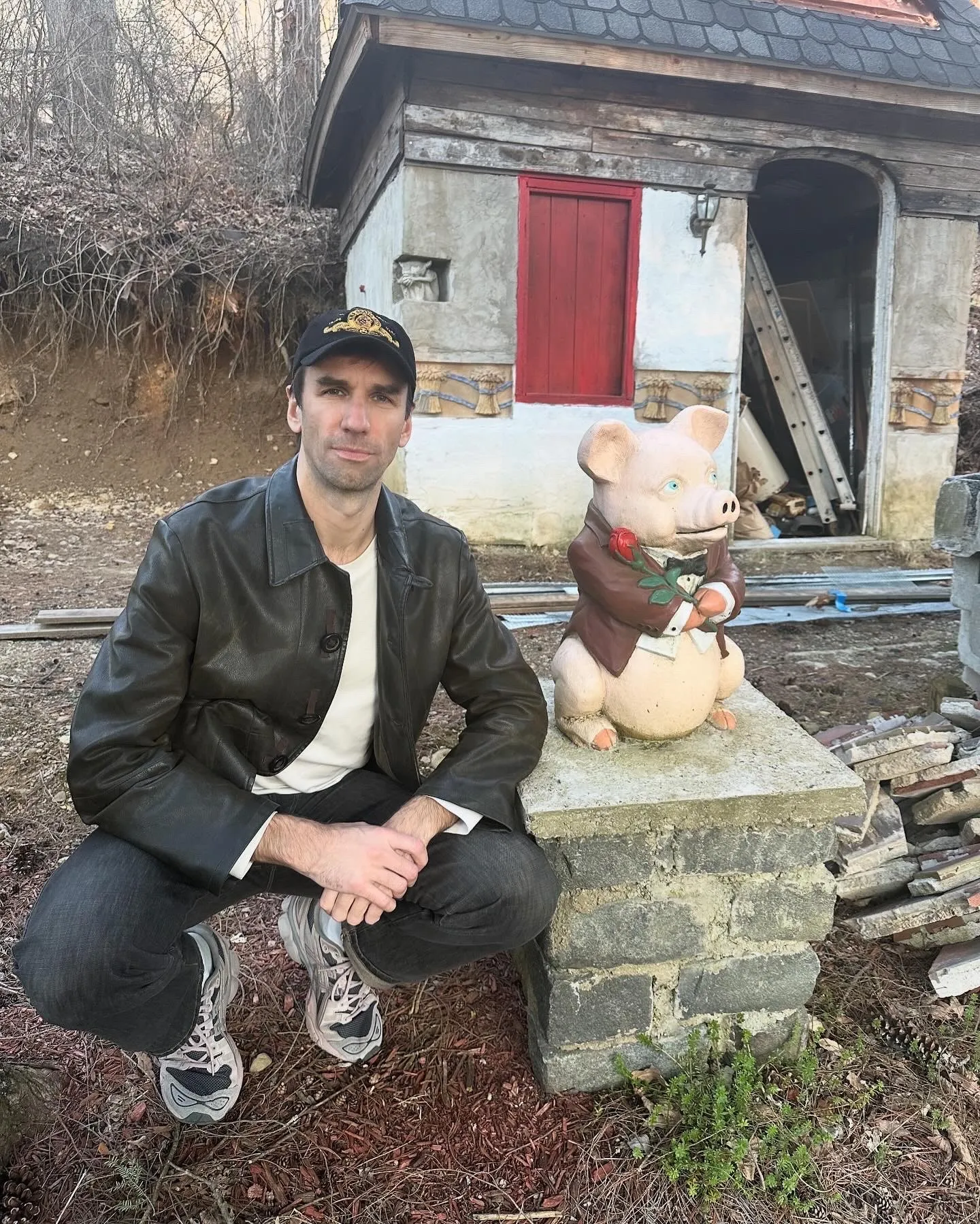
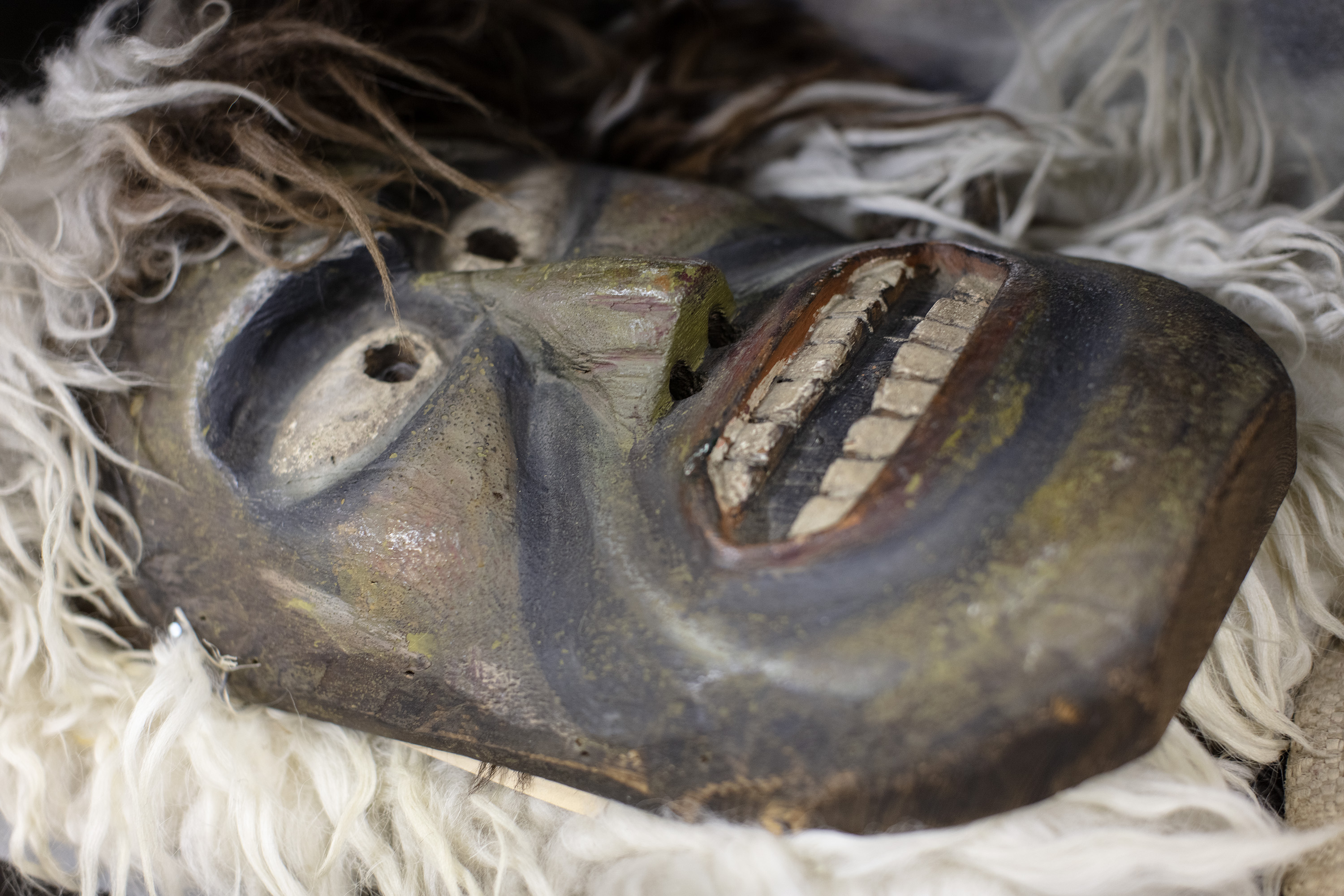
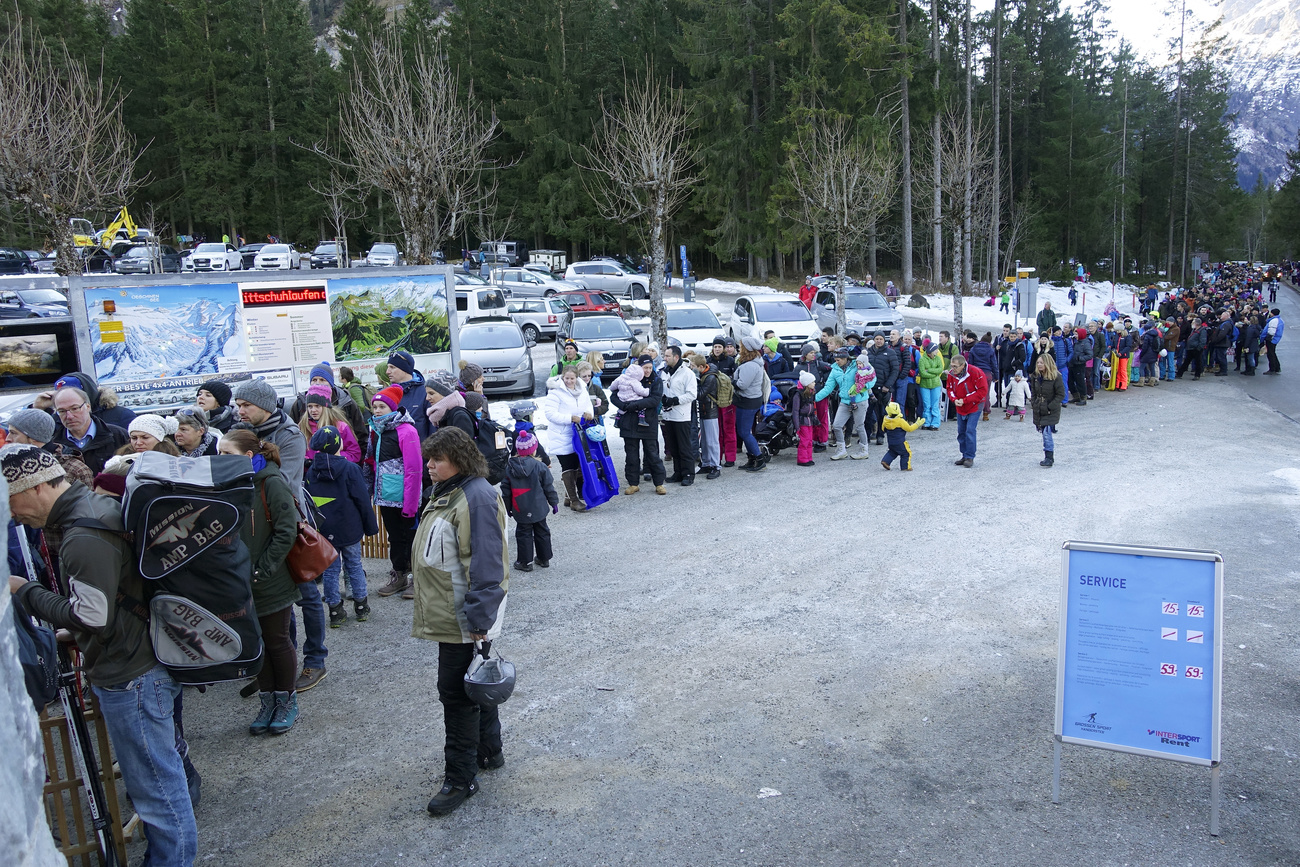




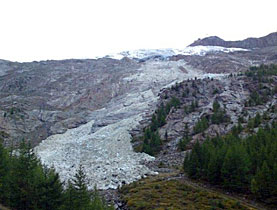
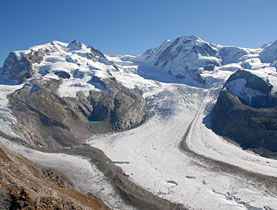



You can find an overview of ongoing debates with our journalists here . Please join us!
If you want to start a conversation about a topic raised in this article or want to report factual errors, email us at english@swissinfo.ch.